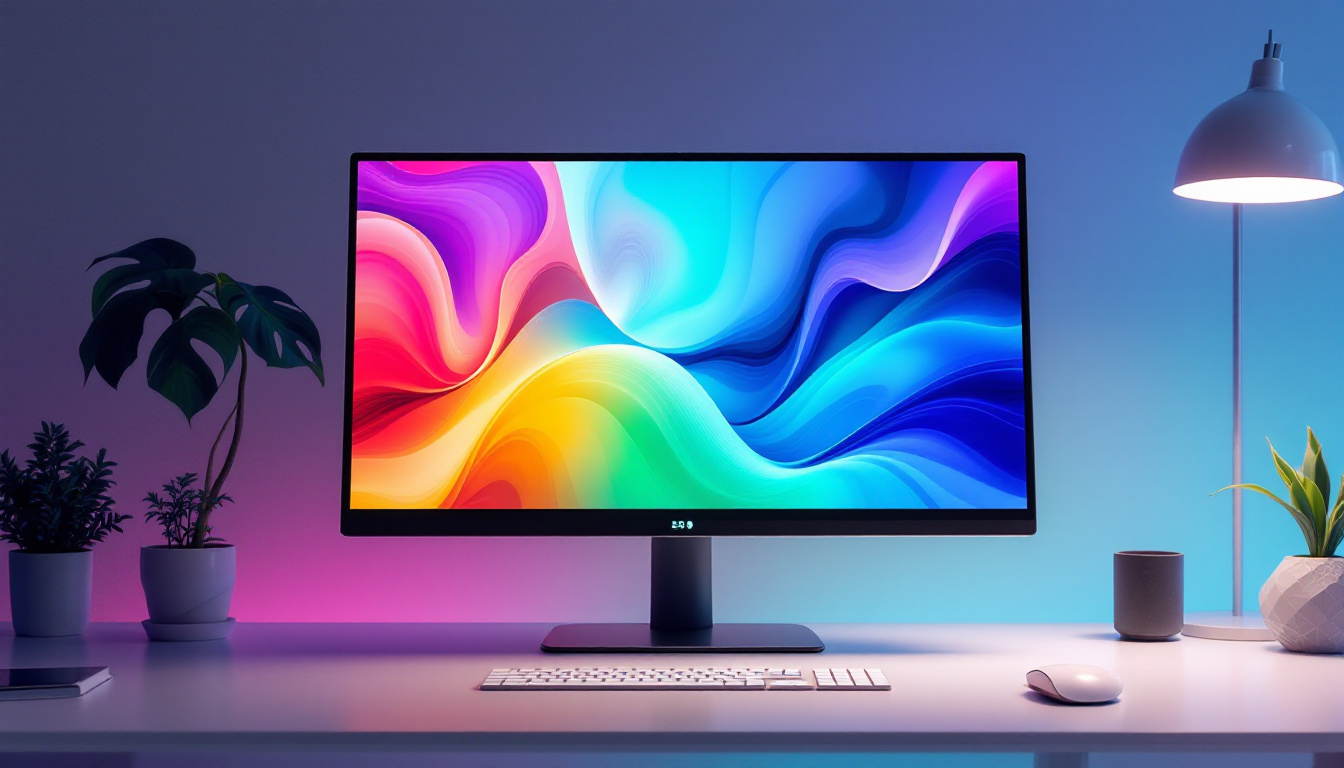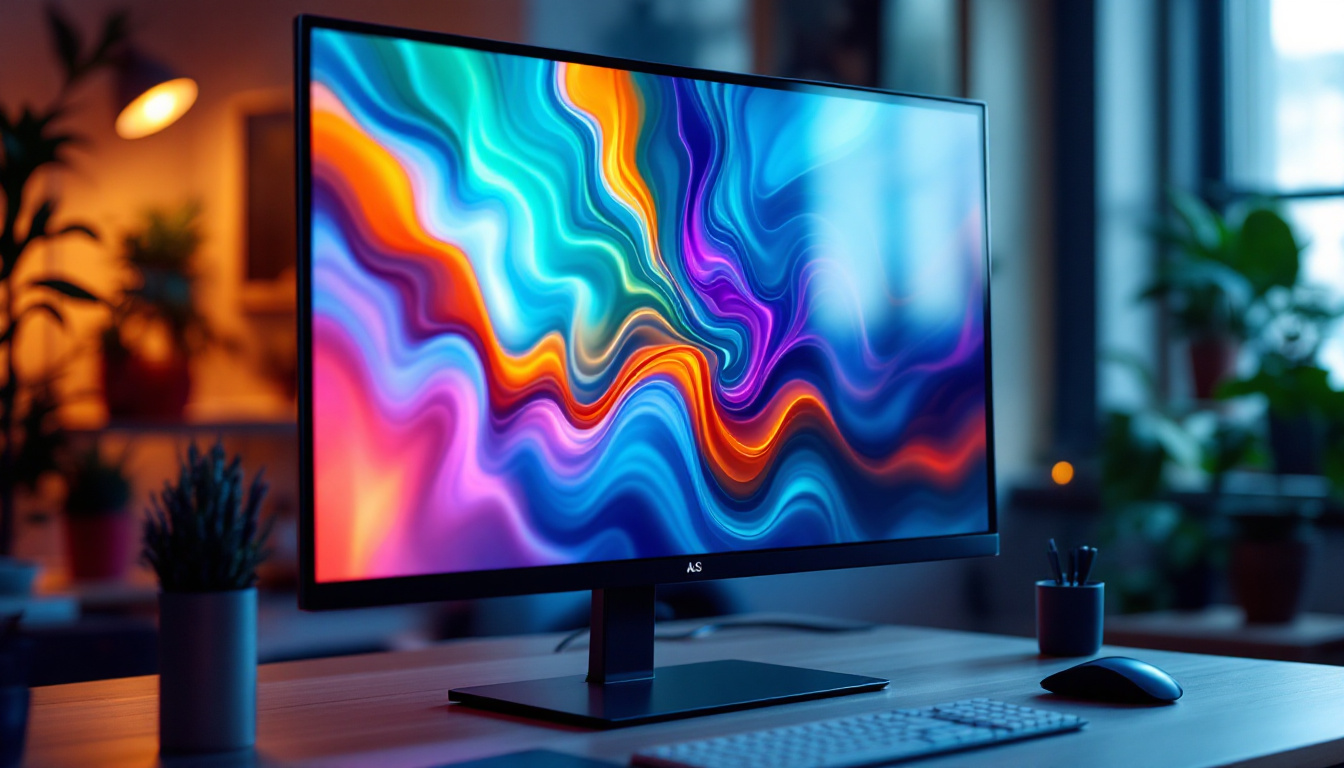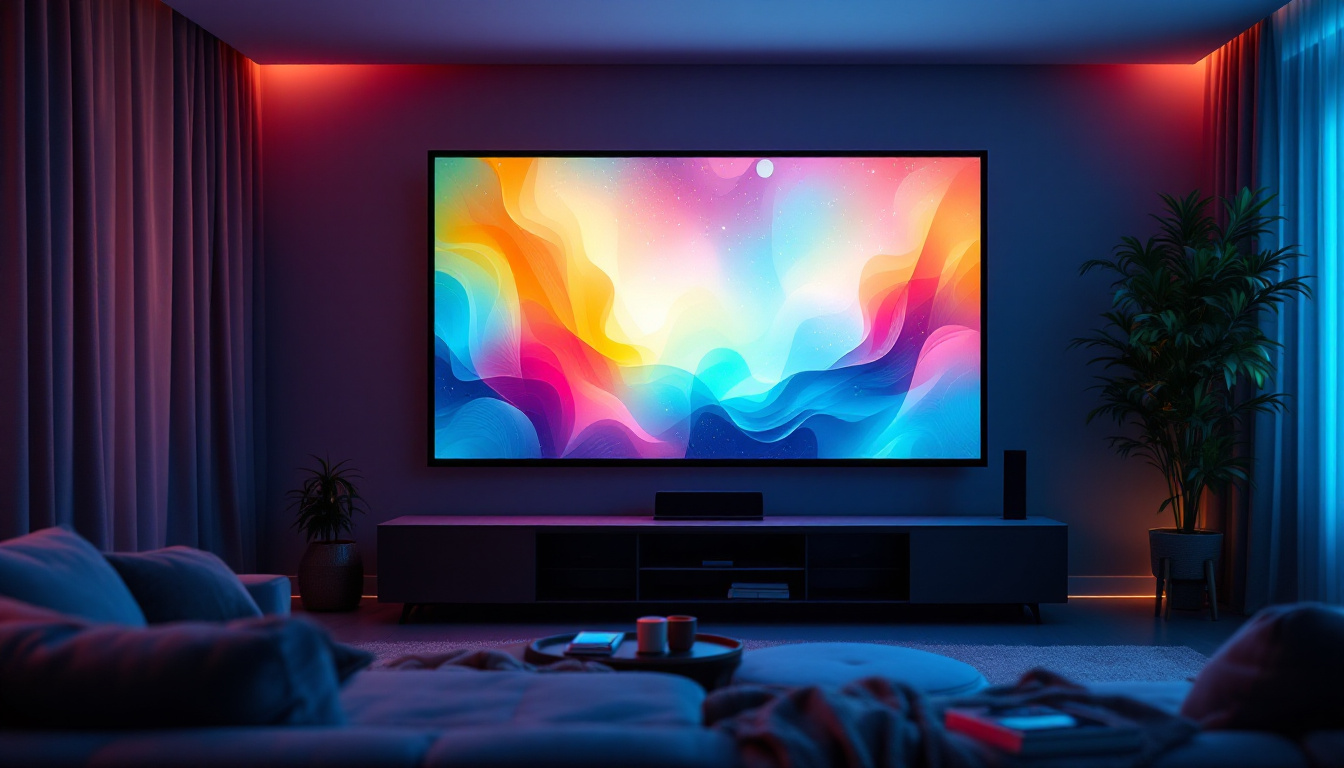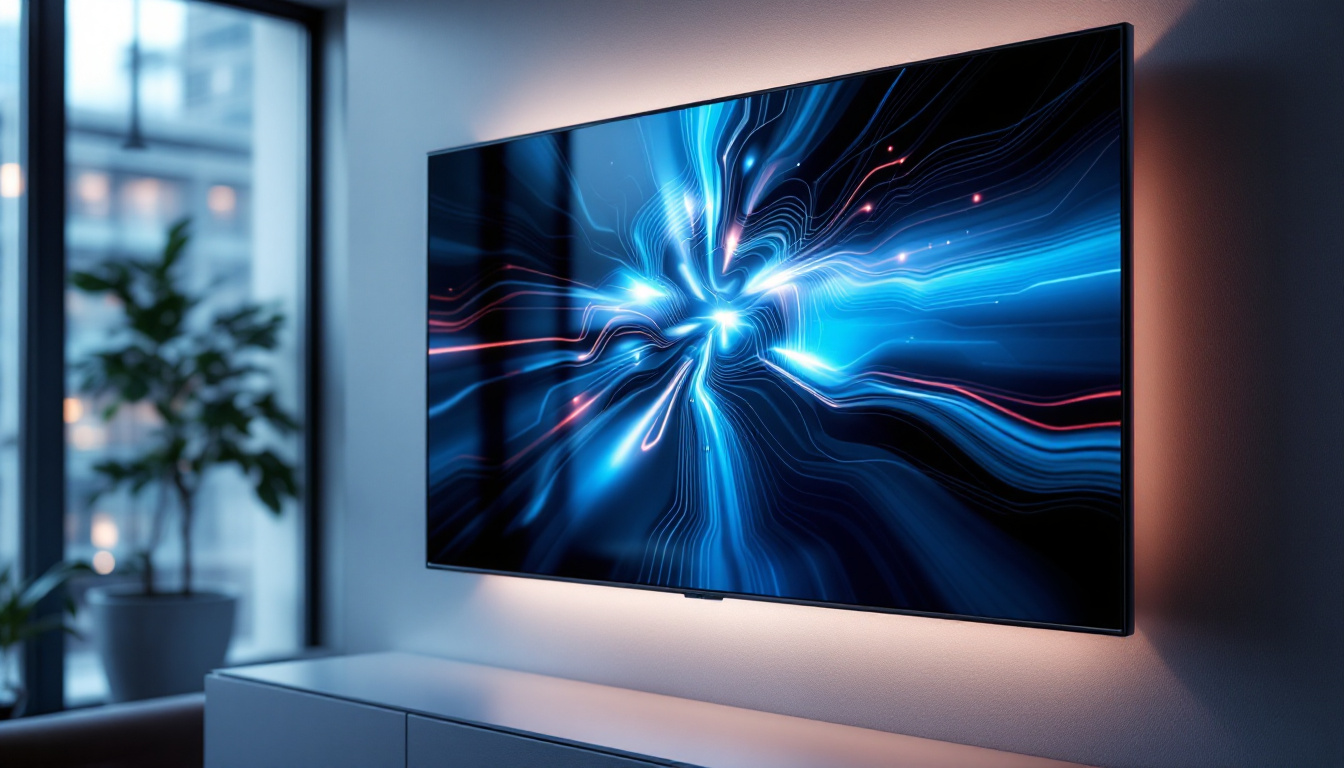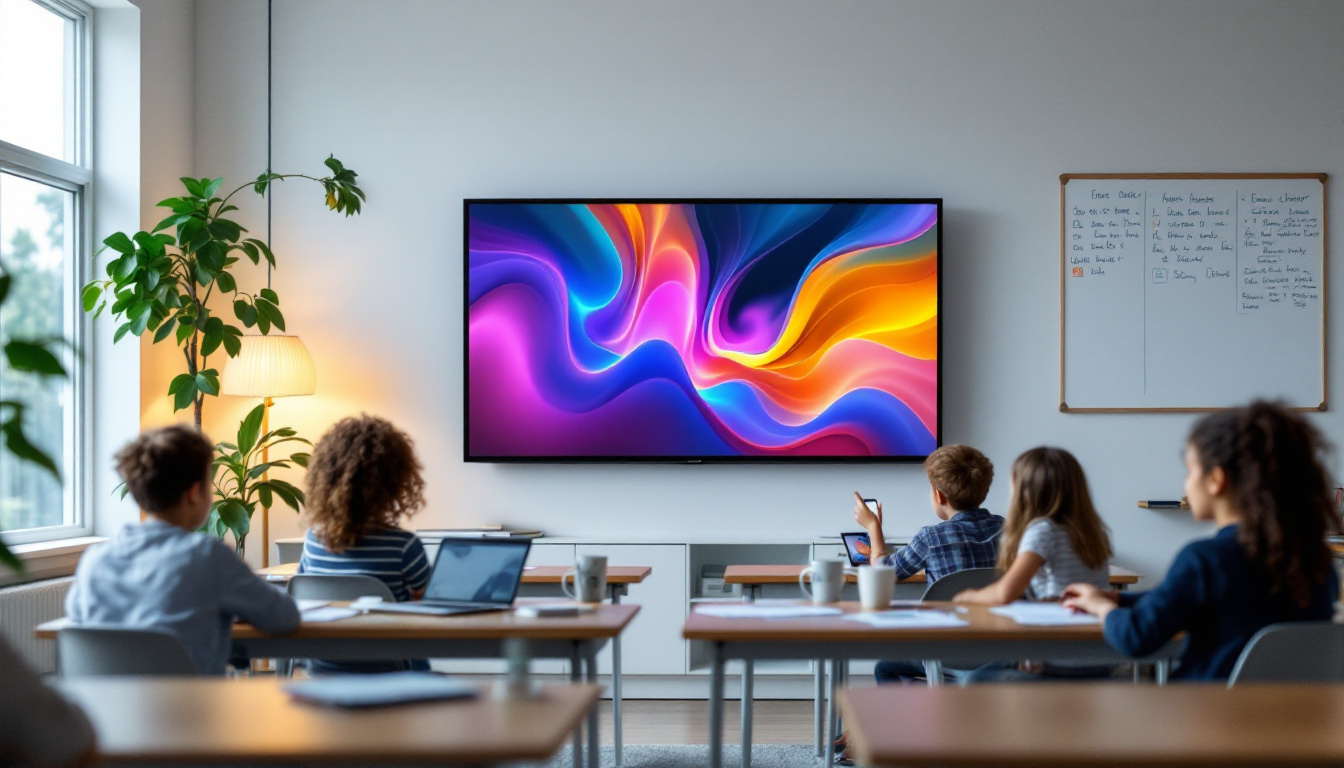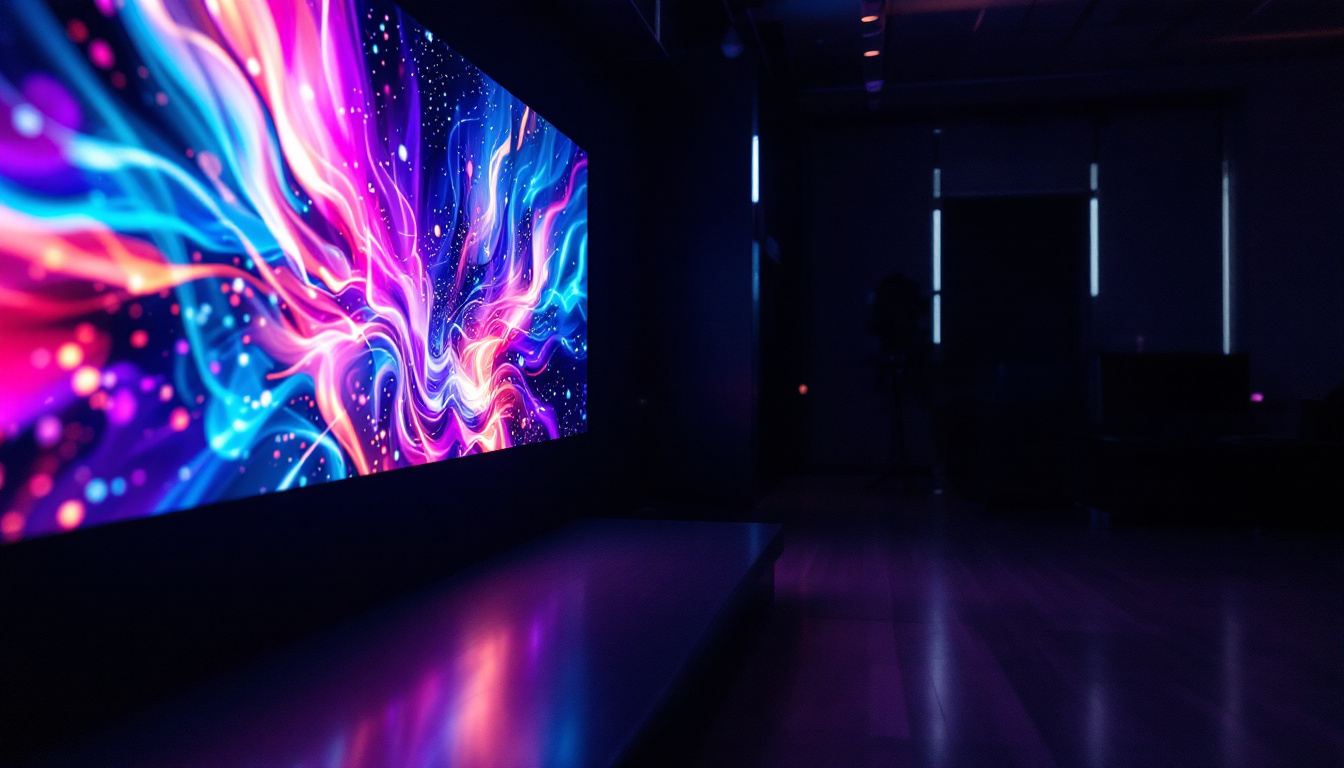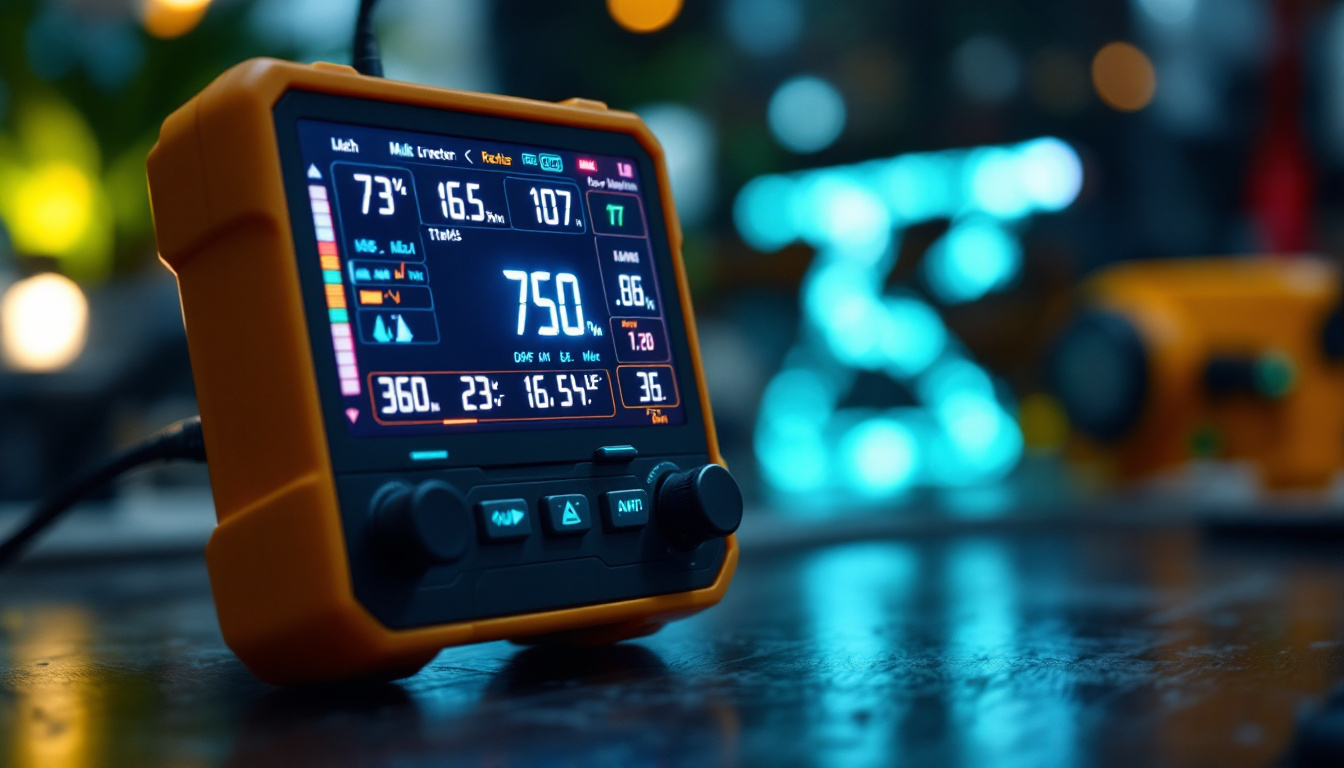In today’s digital age, the choice of display technology can significantly impact both productivity and user experience. Among the various options available, LED displays have gained immense popularity for their vibrant colors, energy efficiency, and versatility. This article delves into the world of table stand monitors, focusing specifically on LED displays, their advantages, and how to choose the right one for your needs.
Understanding LED Technology
Light Emitting Diode (LED) technology has transformed the way screens are designed and used. Unlike traditional LCDs that rely on fluorescent backlighting, LED displays utilize an array of tiny diodes to produce light. This fundamental difference leads to various benefits that enhance the overall viewing experience. The compact nature of LEDs allows for thinner screens and lighter devices, making them increasingly popular in modern electronics. Furthermore, LED technology is more energy-efficient, contributing to lower electricity costs and a reduced carbon footprint, which is a significant consideration in today’s environmentally conscious market.
How LED Displays Work
LED displays work by using semiconductor materials that emit light when an electric current passes through them. This process allows for a more precise control of brightness and color. The diodes can be arranged in different configurations, such as edge-lit or backlit, depending on the design of the monitor. The ability to control each diode individually enables features like local dimming, which enhances contrast by dimming parts of the screen that are supposed to be dark while keeping bright areas illuminated. This technology not only improves visual quality but also makes the displays more adaptable to various lighting conditions, ensuring a better viewing experience in both bright and dark environments.
In edge-lit displays, LEDs are placed along the edges of the screen, while backlit displays feature a matrix of LEDs behind the screen. Each configuration has its advantages, with backlit displays typically offering better color accuracy and uniformity across the screen. Additionally, some advanced models incorporate full-array local dimming, which allows for even finer control over brightness levels across the entire screen, resulting in stunning visuals that bring content to life. This technology is particularly beneficial for high-definition video content, where the differences between light and dark scenes can be dramatically pronounced.
Types of LED Displays
There are several types of LED displays available on the market, each catering to different user needs. The most common types include:
- Standard LED: These monitors provide excellent brightness and color saturation, making them suitable for general use.
- IPS LED: In-Plane Switching (IPS) technology offers wider viewing angles and better color reproduction, ideal for graphic design and multimedia applications.
- VA LED: Vertical Alignment (VA) panels are known for their deep blacks and high contrast ratios, making them great for watching movies and gaming.
In addition to these common types, there are also specialized LED displays designed for specific applications. For instance, OLED (Organic Light Emitting Diode) displays are gaining popularity due to their ability to produce true blacks and vibrant colors by allowing individual pixels to turn off completely. This technology is particularly favored in high-end televisions and smartphones. Furthermore, MicroLED technology is emerging as a promising alternative, combining the benefits of OLED and traditional LED displays, offering superior brightness, color accuracy, and longevity. As the technology continues to evolve, we can expect even more innovative display solutions that cater to a wide range of consumer preferences and needs.
Benefits of Using a Table Stand Monitor
Table stand monitors equipped with LED technology offer numerous advantages that can enhance both work and leisure activities. Understanding these benefits can help users make informed decisions when selecting a monitor for their needs.
Enhanced Visual Quality
One of the standout features of LED displays is their exceptional visual quality. With higher brightness levels and improved color accuracy, LED monitors provide a more immersive viewing experience. This is particularly beneficial for tasks that require detailed color work, such as graphic design or photo editing.
Moreover, the fast response times associated with LED technology reduce motion blur, making these monitors suitable for fast-paced gaming and video playback. Users can enjoy crisp images and smooth transitions, enhancing their overall experience. The ability to display a wider color gamut also means that users can see more vibrant and lifelike images, which is essential for professionals in creative fields who rely on accurate color representation.
Energy Efficiency
Energy efficiency is another significant advantage of LED displays. Compared to traditional LCDs and CRTs, LED monitors consume less power, which can lead to lower electricity bills and a reduced carbon footprint. This makes them an environmentally friendly choice for both home and office settings.
Additionally, many LED monitors come with energy-saving features, such as automatic brightness adjustment and sleep modes, further contributing to their efficiency. Users can enjoy high-quality visuals without worrying about excessive energy consumption. The long lifespan of LED technology also means that these monitors often last longer than their predecessors, reducing the need for frequent replacements and contributing to less electronic waste.
Versatility and Design
LED monitors are available in various sizes and designs, making them suitable for a wide range of applications. Whether for a compact workspace or a large home entertainment system, users can find a monitor that fits their specific needs. The slim profile of LED displays also allows for a more modern aesthetic, complementing contemporary office and home environments.
Furthermore, many table stand monitors offer adjustable stands, enabling users to customize the height and angle for optimal viewing comfort. This adaptability is essential for maintaining good posture and reducing eye strain during extended use. In addition to ergonomic benefits, the versatility of these monitors extends to connectivity options, with many models featuring multiple ports such as HDMI, DisplayPort, and USB-C, allowing users to easily connect various devices, from laptops to gaming consoles, enhancing their overall productivity and entertainment experience.
Choosing the Right Table Stand Monitor
With numerous options available, selecting the right table stand monitor can be a daunting task. However, considering several key factors can simplify the decision-making process and ensure that users find a monitor that meets their requirements.
Screen Size and Resolution
The screen size and resolution are critical factors to consider when choosing a monitor. Larger screens provide more screen real estate, which can enhance productivity by allowing users to multitask more effectively. However, the ideal size will depend on the user’s workspace and personal preferences.
Resolution is equally important, as it determines the clarity of the images displayed. Common resolutions include Full HD (1920 x 1080), Quad HD (2560 x 1440), and 4K (3840 x 2160). Higher resolutions offer sharper images, making them ideal for tasks that require detailed visuals.
Connectivity Options
Connectivity options are another essential consideration. Modern monitors typically come with a variety of ports, such as HDMI, DisplayPort, and USB-C. Ensuring that the monitor has compatible ports with existing devices is crucial for seamless integration.
Additionally, some monitors offer built-in USB hubs, allowing users to connect peripherals directly to the monitor. This feature can help declutter the workspace and streamline the setup process.
Ergonomics and Adjustability
Ergonomics play a vital role in user comfort and productivity. When selecting a table stand monitor, it is essential to consider the adjustability of the stand. Monitors with height, tilt, and swivel adjustments enable users to customize their setup for optimal viewing angles, reducing the risk of neck and eye strain.
Some monitors even come with VESA compatibility, allowing users to mount the monitor on adjustable arms or wall mounts for even greater flexibility. This adaptability can significantly enhance the overall user experience.
Maintaining Your LED Monitor
Once a table stand monitor is selected and set up, proper maintenance is essential to ensure its longevity and optimal performance. Regular care can help prevent common issues and keep the display looking its best.
Cleaning the Screen
Keeping the screen clean is vital for maintaining clarity and color accuracy. It is recommended to use a microfiber cloth and a gentle cleaning solution specifically designed for electronics. Avoid using harsh chemicals or abrasive materials, as these can damage the screen.
Regularly dusting the monitor and ensuring that it is free from fingerprints and smudges can significantly enhance the viewing experience. Users should establish a cleaning routine to keep their monitor in pristine condition.
Adjusting Settings
Many LED monitors come equipped with various settings that can be adjusted to enhance the viewing experience. Users should familiarize themselves with the monitor’s menu options to optimize brightness, contrast, and color settings based on their preferences and the ambient lighting conditions.
Additionally, enabling features such as blue light filters can help reduce eye strain during extended use, particularly in low-light environments. Taking the time to adjust these settings can lead to a more comfortable and enjoyable viewing experience.
Regular Software Updates
For monitors that feature smart capabilities or built-in software, keeping the firmware updated is crucial. Manufacturers often release updates that can improve performance, fix bugs, and enhance features. Regularly checking for updates ensures that the monitor operates at its best.
Users should consult the manufacturer’s website or user manual for instructions on how to perform updates and maintain optimal performance.
Conclusion
In conclusion, table stand monitors with LED displays offer a range of benefits that cater to various user needs, from enhanced visual quality and energy efficiency to versatility and ergonomic designs. By understanding the technology behind LED displays and considering key factors such as screen size, connectivity, and ergonomics, users can make informed decisions when selecting a monitor.
Proper maintenance, including regular cleaning, adjusting settings, and keeping software updated, further ensures that the monitor remains in excellent condition and provides an optimal viewing experience. As technology continues to advance, LED displays will likely remain a popular choice for both personal and professional use, making them a worthy investment for anyone in need of a reliable and high-quality monitor.
Discover LumenMatrix’s Innovative LED Displays
Ready to elevate your visual experience with the latest in LED technology? Look no further than LumenMatrix, a pioneer in crafting exceptional LED display modules that bring your content to life. Whether you’re seeking to boost your brand’s presence with an Indoor LED Wall Display, captivate passersby with an Outdoor LED Wall Display, or create dynamic visual experiences with our range of Custom LED Displays and more, LumenMatrix has the solution. Embrace the future of visual communication and check out LumenMatrix LED Display Solutions today to transform how you share your message with the world.

